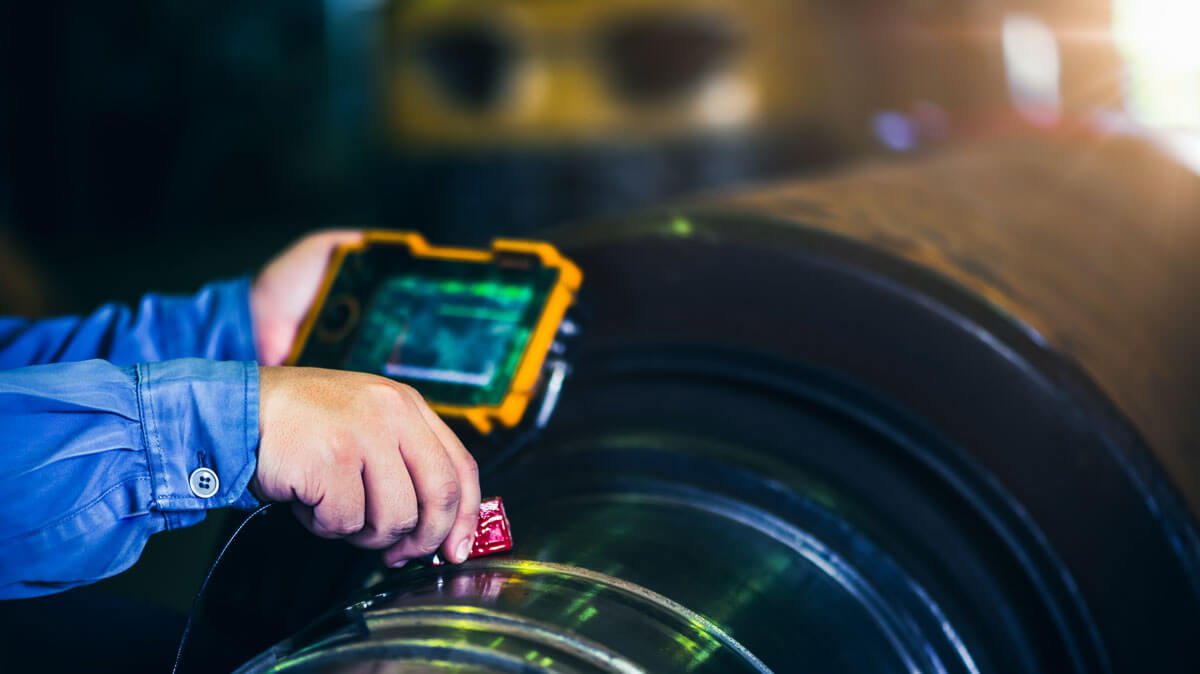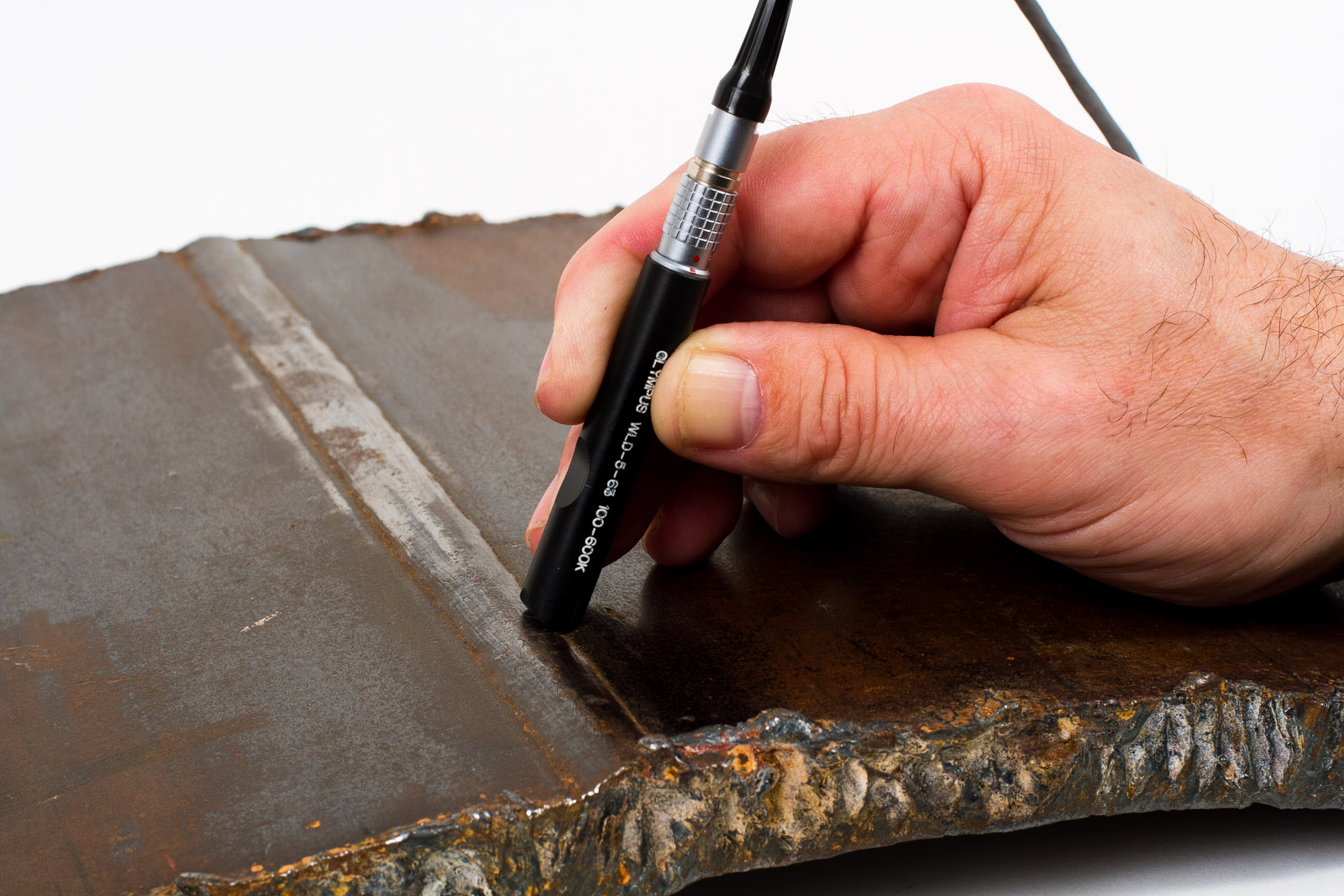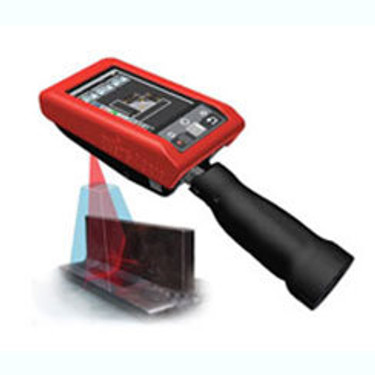The Ultimate List for Welding Inspection Gilbert Arizona: Ensuring Safety and Precision
The Ultimate List for Welding Inspection Gilbert Arizona: Ensuring Safety and Precision
Blog Article
Welding Evaluation Demystified: Trick Procedures, Devices, and the Important Function They Play in Preserving High-Quality Welds
Welding inspection offers as a critical foundation in the assurance of architectural honesty and top quality in bonded joints, affecting different markets from building and construction to manufacturing. What are the key procedures and tools that ensure these requirements are supported?
Relevance of Welding Evaluation
Ensuring the integrity of welded joints is critical in different industries, making the value of welding inspection obvious. The quality of welds directly impacts the safety and security, performance, and durability of parts and structures. In fields such as building, automobile, aerospace, and production, any failing in welded joints can cause tragic repercussions, consisting of structural failures, tools malfunction, and loss of life.
Welding assessment serves as a crucial quality assurance measure, making certain that welds satisfy defined criteria and regulatory requirements. It determines issues such as fractures, porosity, and insufficient blend that might compromise the stamina of the weld. By discovering these problems early, welding assessment can protect against expensive rework, delays, and possible safety hazards.
Furthermore, welding evaluation cultivates conformity with sector criteria and certifications, improving the trustworthiness of companies and their items. It likewise sustains constant enhancement by providing important feedback to welding personnel, enabling them to fine-tune their processes and methods.
Inevitably, the value of welding examination can not be overemphasized; it is essential for preserving premium welds, making sure security, and safeguarding financial investments throughout different industries.

Key Examination Processes
Efficient welding inspection relies upon a collection of essential procedures created to evaluate the quality and honesty of welds. These procedures include both visual and non-destructive testing (NDT) techniques, making certain that any issues are identified before they compromise architectural stability.
The primary step in the assessment procedure is a detailed aesthetic evaluation, which allows inspectors to analyze welds for surface area problems such as fractures, undercuts, and incomplete blend. Complying with aesthetic checks, various NDT methods might be used, including ultrasonic testing, magnetic particle screening, and radiographic screening. Each method supplies special advantages; for example, ultrasonic testing can detect inner defects, while radiographic screening supplies an irreversible document of the weld's internal framework.
In addition, it is vital to verify compliance with relevant codes and requirements, making sure that the weld meets industry specs. This consists of checking weld dimensions and placement, as inappropriate dimensions can bring about failings under tons.
Essential Tools for Inspection
On a regular basis making use of the right devices is crucial for accomplishing precise welding evaluations. A thorough set of examination devices aids make certain that welds meet stringent high quality requirements and specifications.
One of the primary devices is the aesthetic examination scale, which permits assessors to analyze surface area problems, such as tidiness and surface area coating, directly. Furthermore, micrometers and calipers are essential for gauging weld measurements and guaranteeing they adjust to called for resistances.
For more thorough analyses, ultrasonic screening (UT) devices is vital. This approach makes use of high-frequency audio waves to find interior flaws and assess product density. Likewise, magnetic fragment screening (MT) and color penetrant testing (PT) are crucial for identifying surface area and near-surface flaws, offering prompt visual indications of possible problems.
Welders ought to additionally be equipped with solidity testers, which assess the mechanical buildings of the weld metal and base products, guaranteeing they satisfy specified demands. Finally, recording findings with electronic examination tools boosts traceability and high quality his response control. By employing these crucial tools, examiners can keep premium welds, eventually contributing to the security and integrity of welded structures.
Usual Defects and Their Discovery
Welds, akin to the foundation of architectural stability in building and construction and manufacturing, can display numerous flaws that compromise their performance and safety and security. Usual problems consist of porosity, cracks, undercut, lack of combination, and slag incorporations (Welding Inspection Gilbert Arizona). Each of these flaws can manifest due to incorrect welding methods, poor material option, or inadequate preparation

Discovery of these flaws can be accomplished via various non-destructive screening approaches, including visual assessment, ultrasonic screening, and radiographic testing. Each method plays an essential role in determining these faults, ensuring that the honesty of the weld is preserved and lowering the risk of failing in important applications.

Finest Practices for Quality Control
Ensuring the best of welds is paramount for structural stability and safety, specifically in markets where the consequences of failing can be extreme. To achieve this, numerous best techniques for quality control must be applied throughout the welding process.
First, a durable welding procedure spec (WPS) should be established, describing the necessary specifications for each welding procedure. This ensures uniformity and adherence to industry criteria. Second, more tips here complete training and certification of welders are necessary; competent employees are better outfitted to produce top notch welds and recognize prospective issues.
Routine assessments should be integrated right into the welding procedure, utilizing both aesthetic and non-destructive testing (NDT) techniques to detect problems beforehand. Regular calibration of assessment devices is essential to maintain accuracy. In addition, recording all welding activities, including assessments and rehabilitative activities, creates a deducible record that can be vital for quality control.
Conclusion
To conclude, welding evaluation functions as a critical mechanism for guaranteeing the stability and reliability of welded joints across industries - Welding Inspection Gilbert Arizona. Through the implementation of key assessment procedures and the application of essential devices, organizations can effectively determine and resolve possible defects. Adherence to ideal techniques in top quality assurance not only improves security however likewise guarantees compliance with market requirements, ultimately adding to the long life and efficiency of elements and structures
Welding inspection offers as a critical foundation in the assurance of structural honesty and top quality in welded joints, impacting different industries from construction to production.Making Go Here sure the stability of welded joints is critical in different markets, making the significance of welding inspection obvious.Welding examination offers as a critical high quality control action, guaranteeing that welds fulfill defined criteria and regulatory needs. By employing these essential devices, inspectors can keep high-grade welds, eventually contributing to the safety and security and dependability of bonded frameworks.
In verdict, welding inspection serves as an essential system for making sure the integrity and reliability of bonded joints across sectors.
Report this page